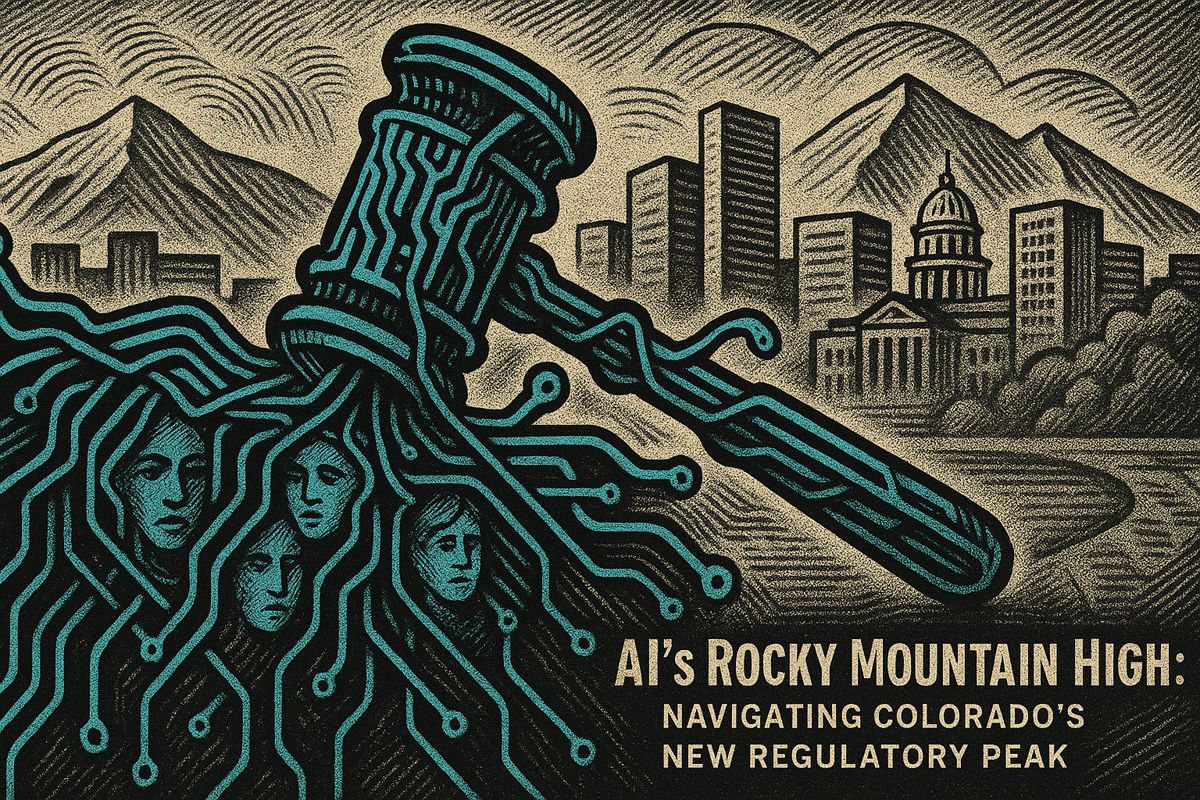AI data centers need $6.7 trillion to keep up with soaring demand by 2030. Most of the money will go into buying advanced computer chips, building powerful cooling and power systems, and upgrading electric grids. AI servers use much more energy than regular ones, causing stress on power supplies and making it harder to build new centers quickly. Some U.S. cities are feeling the pinch with not enough land, electricity, or water. To solve these problems, tech giants and utilities are teaming up, focusing on getting enough power and parts to keep everything running.
What is causing the $6.7 trillion funding gap for AI data centers by 2030?
The $6.7 trillion funding gap for AI data centers by 2030 is driven by explosive AI workload demand, requiring specialized infrastructure like advanced GPUs, massive power and cooling systems, and upgraded grid connections. AI racks use eight times more power than traditional servers, straining energy and supply chains globally.
Global data centers are racing to plug a $6.7 trillion funding gap before 2030, according to a new industry forecast that maps out the real-world price tag of the AI boom.
Why the number is so big
The headline figure reflects both the raw scale of compute demand and the specialized infrastructure now required:
- 70 % of all new demand will come directly from AI workloads such as large-language-model training, generative-AI inference and real-time analytics.
- Capacity could triple: total installed data-center power is on track to rise from 82 GW today to 219 GW by 2030, with AI-specific capacity jumping *3.5× * to 156 GW in the same window.
- Revenue pool explodes: the global AI data-center market is projected to leap from $236 billion in 2025 to nearly $934 billion by 2030.
Source: McKinsey analysis on data-center demands
Where the money will go
Approximately $5.2 trillion of the $6.7 trillion is earmarked for AI-optimized compute environments. Spend is split across:
| Cost driver | Share of AI budget | Typical uses |
|---|---|---|
| Advanced GPUs / TPUs | ~30 % | Model training and high-density inference |
| Power & cooling systems | ~25 % | Liquid cooling, immersion cooling, chillers |
| Transmission & substations | ~20 % | Grid upgrades, on-site generation, batteries |
| High-bandwidth networking | ~15 % | 800 GbE switches, optical interconnects |
| Facility shell & redundancy | ~10 % | Tier III/IV resiliency, modular electrical rooms |
Source: McKinsey: The $7 trillion race to scale data centers
The energy squeeze is real
AI racks draw eight times the power of conventional servers. Consequences:
- U.S. electricity demand from data centers jumped 55 % from 2022 to 2023 and could reach 20 % of total U.S. electric load by 2030.
- Grid-connection lead times now stretch four years or more, with up to 15 GW of planned U.S. capacity at risk of delay.
- Global power demand from data centers is on pace to more than double to ~1,065 TWh by 2030, equal to Japan’s entire power consumption today.
Source: S&P Global Commodity Insights, April 2025
Regional bottlenecks
Five metro areas host almost half of all U.S. capacity, creating acute pressure:
| Region | Key constraint | Mitigation in play |
|---|---|---|
| Northern VA | Grid saturation, long transmission lines | New 500 kV substations, behind-the-meter storage |
| Silicon Valley | Land scarcity, permitting delays | Edge micro-sites, modular prefab rooms |
| Dallas-Fort Worth | Transformer shortages | Multi-supplier contracts, on-site generation |
| Chicago | Cold-weather cooling challenges | Liquid-to-liquid heat exchangers |
| Phoenix | Water scarcity & high ambient temps | Adiabatic cooling, reclaimed water loops |
Supply-chain trouble spots
Lead times for electrical gear remain the biggest wildcard:
- Power transformers: 18-24 months and climbing; digital-twin production and regional diversification are only beginning to ease pressure.
- Medium-voltage switchgear: 12-16 months, worsened by copper and semiconductor shortages.
- Construction labor: $500 billion in labor demand equates to six million full-time worker-years globally.
Source: Deloitte, June 2025
How operators and utilities are teaming up
Strategic alliances are shifting from ad-hoc PPAs to co-development models:
- Meta + Enbridge: 100 % renewable, long-term PPA for Texas AI campuses.
- Hyperscalers + regional utilities: joint planning on substations, microgrids and on-site batteries to guarantee 24/7 clean power.
- Early-stage engagement: site-selection now prioritizes available megawatts over cheap land, with utilities brought into permitting talks 24-36 months ahead of ground-break.
Takeaway: the next five years will be defined less by who builds the biggest server hall and more by who secures the power, parts and partnerships fast enough to keep the GPUs humming.
Why is the $6.7 trillion figure so important?
The $6.7 trillion represents the total investment that global data centers will require by 2030 to keep up with AI demand. To put this in perspective, that’s roughly the size of the entire Japanese economy today. AI workloads alone will account for $5.2 trillion of this investment, making them the primary driver of infrastructure expansion.
What makes AI data centers different from traditional ones?
Unlike conventional data centers, AI-ready facilities require fundamentally different infrastructure:
- Power density: AI workloads consume 8 times more power than traditional computing tasks
- Cooling systems: Advanced liquid cooling and immersion cooling are now essential, as AI chips generate significantly more heat
- Specialized hardware: High-density GPUs, TPUs, and custom processors demand new power delivery and cooling architectures
- Space requirements: AI clusters need 3.5x more capacity, expanding from 44 GW in 2025 to 156 GW by 2030
How will this impact global energy grids?
The energy implications are staggering:
- Global data center electricity consumption will more than double by 2030, reaching 945 TWh
- US data centers could consume 20% of national electricity demand by 2030, up from just 2.5% in 2022
- Power demand will outpace renewable energy deployment, potentially slowing the clean energy transition
- Grid connection delays could affect up to 20% of planned projects, with transmission bottlenecks taking 4+ years to resolve
What are the biggest supply chain bottlenecks?
The industry faces unprecedented supply constraints:
- Transformers: Manufacturing capacity severely limited, with traditional processes unable to meet demand
- Switchgear: Long lead times and material shortages (steel, copper, semiconductors) causing 40% cost increases
- Construction materials: Overall infrastructure costs have risen 40% over five years
- Specialized equipment: Transformers and switchgear now represent the primary bottleneck for new capacity
How are companies securing reliable power?
Strategic partnerships are becoming essential:
- Long-term PPAs: Companies like Meta signing 100% renewable energy contracts with utilities
- Joint infrastructure investment: Co-developing transmission upgrades and substations with utility partners
- Early utility engagement: Hyperscalers now involve utilities during initial site selection to avoid connection delays
- Customized solutions: Tailored rate structures and microgrid co-development for mission-critical AI workloads
The bottom line: The $6.7 trillion investment isn’t just about money – it’s about reimagining global digital infrastructure. Success depends on unprecedented collaboration between tech companies, utilities, and governments to solve power, supply chain, and sustainability challenges simultaneously.



















